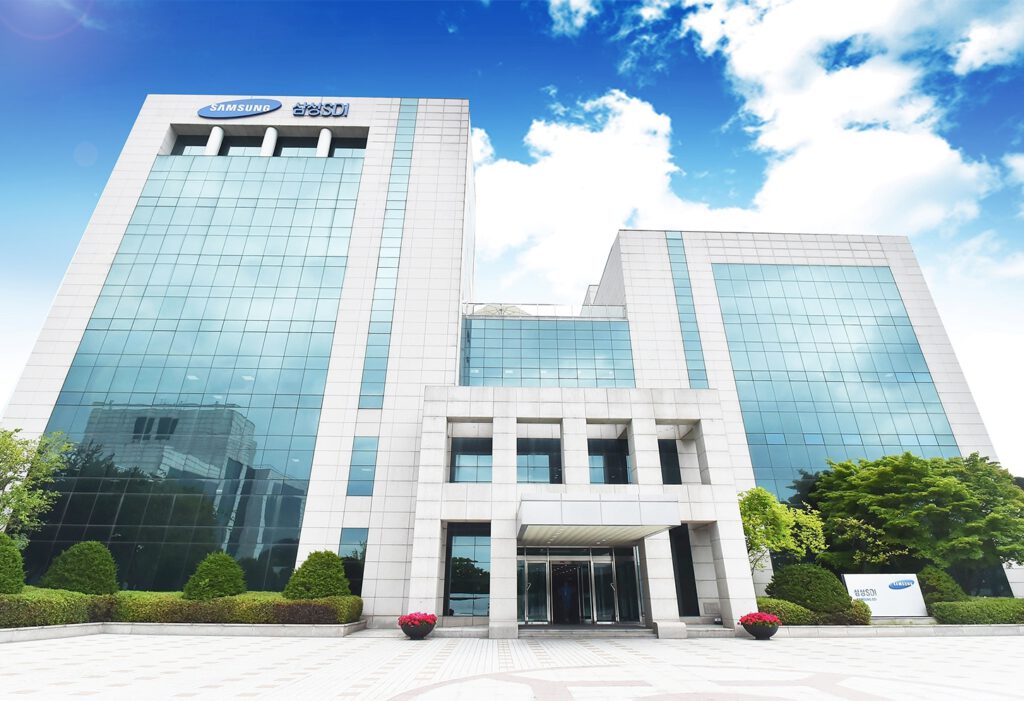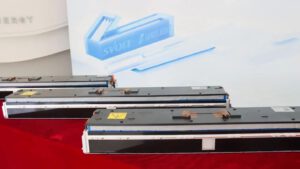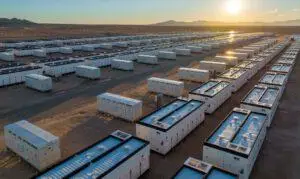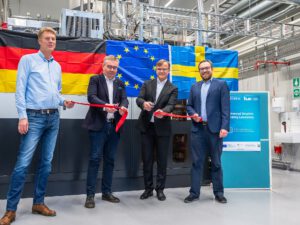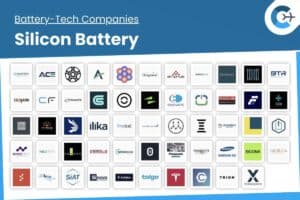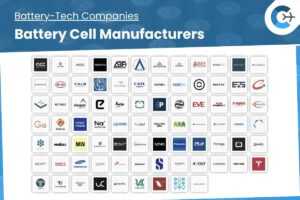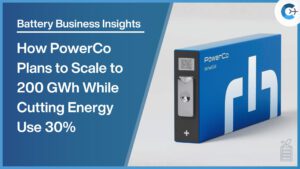Samsung SDI reported second-quarter results for the period ending June 30, 2025, with consolidated revenue of KRW 3.18 trillion (USD 2.13 billion), an increase of 0.1% quarter-on-quarter, and an operating loss of KRW 397.8 billion (USD 286 million), a reduction of 8.4% from the previous quarter.
Within its battery division, the company recorded KRW 2.96 trillion (USD 2.13 billion) in revenue, down 0.7% quarter-on-quarter and 23.5% year-on-year. Operating loss narrowed by 4.8% to KRW 430.8 billion (USD 310 million) compared with Q1 2025, although the segment remains in a quarterly loss year-on-year. While sales of Energy Storage Systems (ESS) and Battery Backup Units (BBU) grew, overall battery revenue was flat due to weakened electric-vehicle demand from key customers. Profitability in the small battery unit helped offset some fixed-cost and tariff pressures.
The electronic materials business delivered KRW 218 billion (USD 157 million) in revenue, up 11.9% quarter-on-quarter and 8.9% year-on-year, and posted an operating profit of KRW 33 billion (USD 24 million). Growth was driven by OLED material shipments tied to new smartphone model launches and higher semiconductor wafer production.
In the first half of 2025, Samsung SDI secured a contract with a major European automaker to supply 46-series cylindrical batteries for a premium EV model and is in discussions with U.S. and European OEMs on prismatic LFP and NCA battery projects. Domestically, the company participated in government-led ESS bids and finalized a U.S. ESS supply agreement, with production slated to begin in the fourth quarter.
Looking ahead to the second half of 2025, Samsung SDI anticipates gradual revenue and profitability improvements while monitoring macroeconomic uncertainties. The company plans to enhance operational efficiency at StarPlus Energy, its U.S. joint venture with Stellantis, introduce new prismatic LFP cells for affordable EVs, and commence U.S. mass production of ESS batteries. It will also pursue LFP orders for utilities and high-power UPS applications amid growing renewable energy and AI data-center demand.
For the small battery segment, Samsung SDI aims to expand high-power BBU battery sales and enter the power-tool market with a new tabless cylindrical cell. The electronic materials division expects to sustain its growth momentum by securing timely OLED and semiconductor material supplies for new platforms. Despite current market challenges, the company remains focused on executing its core strategies to restore performance and achieve mid- to long-term growth.
Source: Samsung SDI

